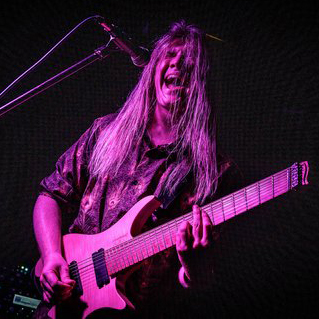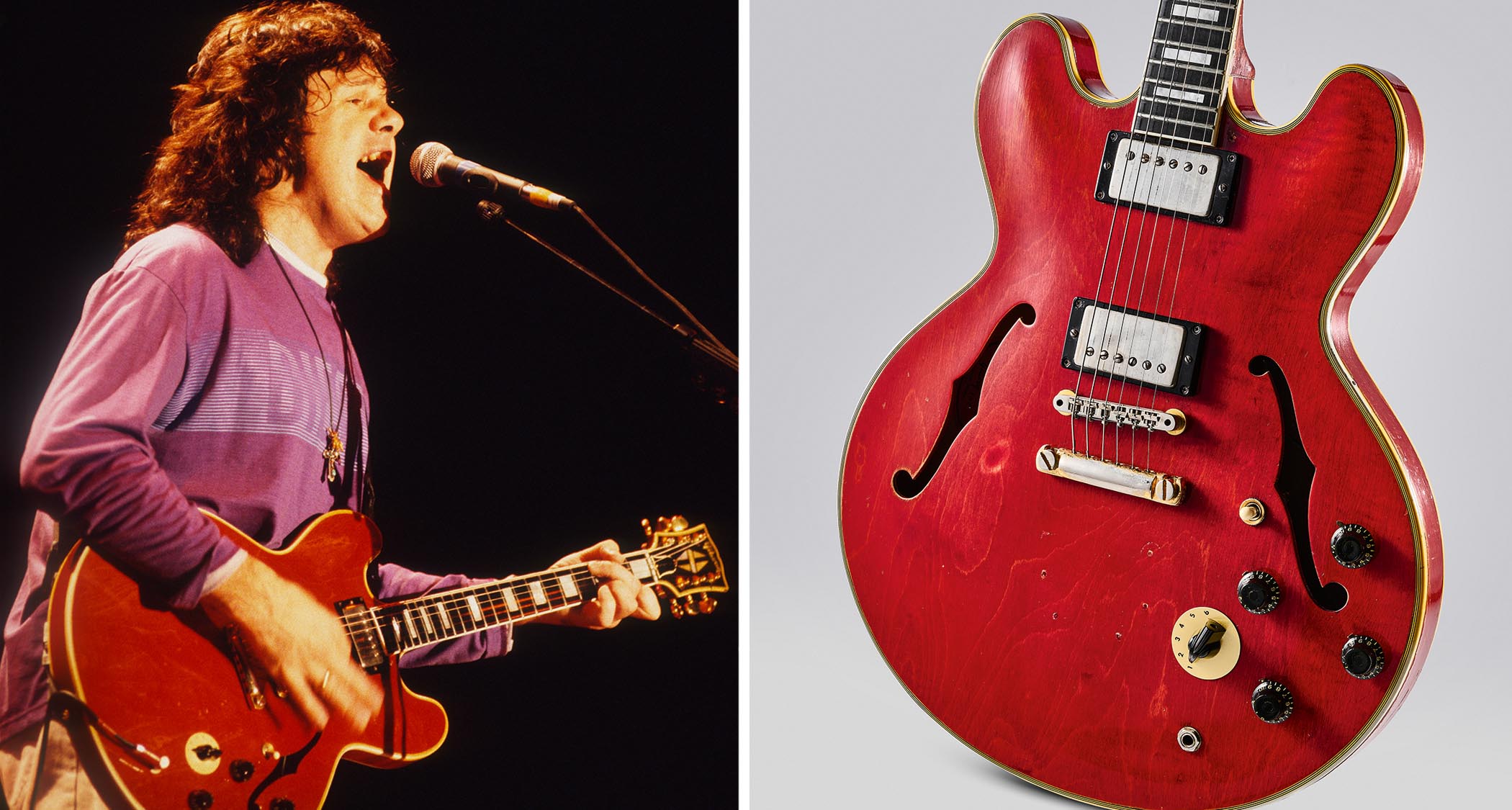“The Strat was about as ‘out’ as you could get. If you didn’t have a Floyd Rose, it was like, ‘what are you doing?’”: In the eye of the Superstrat hurricane, Yngwie Malmsteen stayed true to the original
Though the ‘80s shred era seemingly left the standard Stratocaster for dead, the Swede’s neoclassical wizardry helped to, eventually, reverse the guitar’s fortunes

Swedish arpeggio obsessive Yngwie Malmsteen is rarely spotted without a Fender Stratocaster by his side – and he has a vast collection of them – but he says the guitars were not in vogue when he first started earning his stripes. His rise, though, helped give the guitar a second life.
With the one-two of 1984’s Rising Force, which introduced the world to his high octane neoclassical shredding, and Marching Out one year later, Malmsteen proved a force to be reckoned with. In the age of Kramers, Jacksons, and Ibanez speed machines, championed by the likes of Eddie Van Halen and Steve Vai, he proved an outlier by doing it all on a humble Strat.
“The Strat was about as ‘out’ as you could get,” he says in the latest issue of Gutiar World, during a chat that centers on his jaw-dropping sophomore release. “In the Eighties, the fucking Fender Strat, oh, man, like, dude, it’s like having an old car and someone saying, ‘Why are you driving that old piece of shit, man?’
“If you didn’t have a fucking Floyd Rose, it was like, ‘What the fuck are you doing?’ Literally, unless you were, like, a blues player, no one was playing Strats.”

Jimi Hendrix’s Stratocaster exploits were a big factor in Malmsteen shunning Floyd Rose-loaded axes, having been inspired to start playing by the legend's fiery ways.
“When I was seven, Jimi Hendrix died and they were showing footage of him on the TV,” he previously told Gutiar World. “I saw Jimi smashing and burning his guitar and thought, ‘Wow, this is pretty cool!’, so I picked my guitar up off the wall.
“I literally just picked up the guitar and started playing from that moment. I remember it so clearly.”
All the latest guitar news, interviews, lessons, reviews, deals and more, direct to your inbox!
Another head-turning facet of Malmsteen’s beloved Strats is his preference of scalloped fretboards, where the fretboard wood is filed down between the frets. It was a discovery born out of wanting to fix a big issue with '70s Strats.
“In the early '70s, there was a lacquer on the fretboard that was really thick,” he told Fender last year. “I used to sand it off, and eventually started carving it out so I got a better grip of the strings.”

By '86, his Stratocaster pyrotechnics saw him team up with Fender for his first signature guitar, with the instrument's popularity on the upturn. But it took some convincing to have the company scallop the frets. Eventually Fender buckled, and the guitar was everything he'd wanted.
“They were very excited about the fact the Stratocaster got a revived interest,” he says. “I'll never forget it. Dan [Smith, Fender’s then-Director of Marketing] came to the studio, I was recording an album called Odyssey. He gave me the first model they ever made and said, ‘Tune it up.’
Unless you were a blues player, no one was playing Strats
Yngwie Malmsteen
“I recorded the solo for Heaven Tonight on that guitar without changing strings – nothing. To this day I’m still so honored.”
To read Malmsteen’s interview in full, alongside chats with Kiki Wong and Third Man Hardware's Dan Mancini, grab a copy of Guitar World from Magazines Direct.
A freelance writer with a penchant for music that gets weird, Phil is a regular contributor to Prog, Guitar World, and Total Guitar magazines and is especially keen on shining a light on unknown artists. Outside of the journalism realm, you can find him writing angular riffs in progressive metal band, Prognosis, in which he slings an 8-string Strandberg Boden Original, churning that low string through a variety of tunings. He's also a published author and is currently penning his debut novel which chucks fantasy, mythology and humanity into a great big melting pot.
You must confirm your public display name before commenting
Please logout and then login again, you will then be prompted to enter your display name.

